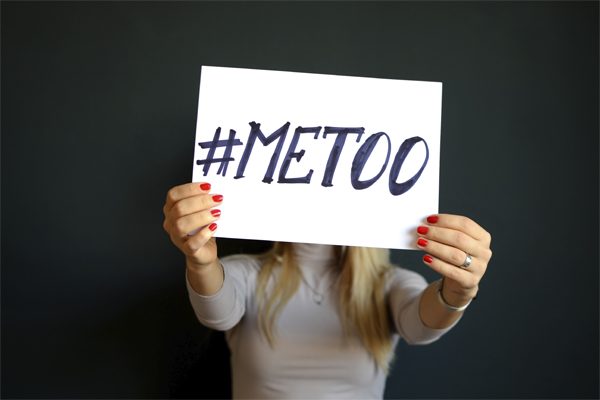Equality and Human Rights Commission (EHRC) has issued new guidance for employers on how to protect their employees from discrimination, victimisation and harassment. The CEO of the UK’s equality watchdog sent the new guidance along with a letter to top UK company chiefs, calling on them to do more to combat sexual harassment in the workplace.
In the letter to leading employers and industry groups, EHRC Chief Executive Rebecca Hilsenrath, reminded executives that their employees must come to work knowing they will be safe and protected.
SAFE WORK ENVIRONMENT
‘It is time for all employers to step up action against misconduct and protect their staff from harassment,” states Hilsenrath. “It’s been two years since #MeToo forced sexual harassment to the top of the agenda. We’ve seen some employers wake up, take this on board and start to make the differences which will transform working environments and boost the economy through empowering people to reach their potential.
“But we need others to follow suit. The issue is not going to go away and if we are going to create working environments where no one is ever made to feel unsafe or threatened, then we need a dramatic shift in workplace cultures.”
Three out of four employees say they have experienced harassment at work, according to EHRC. No form of harassment can ever be justified and for too long the onus has been on the victim to challenge inappropriate treatment, points out Hilsenrath. “By setting out legal requirements and providing practical examples on preventing and responding to harassment, we hope that our guidance will shift the burden back on to employers,” she adds.
EMPLOYER RESPONSIBILITIES
The new guidance explains employers’ legal responsibilities and the practical steps they should take to prevent harassment and victimisation at work. It provides advice for workers to help them understand the law and their employer’s obligations to prevent harassment and discrimination, or respond to their complaint.
The guidance also explains the different forms that harassment and victimisation can take under the Equality Act. It reiterates that certain types of behaviour such as physical gestures, jokes or pranks, banter and physical behaviour towards a person or their property, can amount to harassment or sexual harassment even if that is not how it was intended by the perpetrator.

Illustration: By Mohamed Hassan of Pixabay.
TECHNICAL GUIDANCE
The technical guidance provides employment tribunals and courts with clear direction on the law and best practice steps that employers can take to prevent and deal with harassment and victimisation. It is expected to become a statutory code of practice in due course, according to EHRC.
Commenting on the new guidance, Dame Heather Rabbatts, Chair, TIME’S UP UK, says: “We are hugely supportive of the Equality and Human Rights Commission’s new Sexual Harassment Guidance report which will go a long way to ensuring employers, workers and their representatives understand the extent and impact of harassment in the workplace, the law in this area and best practice for effective prevention and response. At TIME’S UP we have been able to use our voice to highlight the fact that sexual harassment is pervasive and we are dedicated to finding ways to ensure women find safety, justice and equality.”
PREVENTING HARASSMENT
Alongside the technical guidance, EHRC has published seven steps that every employer should take to ensure they are doing all they can to prevent and deal with sexual harassment in the workplace. These include:
- Develop an effective anti-harassment policy.
- Engage staff with regular one-to-ones and have an open door policy.
- Assess and mitigate risks in the workplace.
- Consider using a reporting system that allows workers to raise an issue anonymously or in name.
- Train staff on what sexual harassment in the workplace looks like, what to do if workers experience it and how to handle complaints.
- Act immediately when a harassment complaint is made.
- Treat harassment by a third-party just as seriously as that by a colleague.
Click here to download a copy of short the short guide for employers with steps on how to prevent sexual harassment.




































